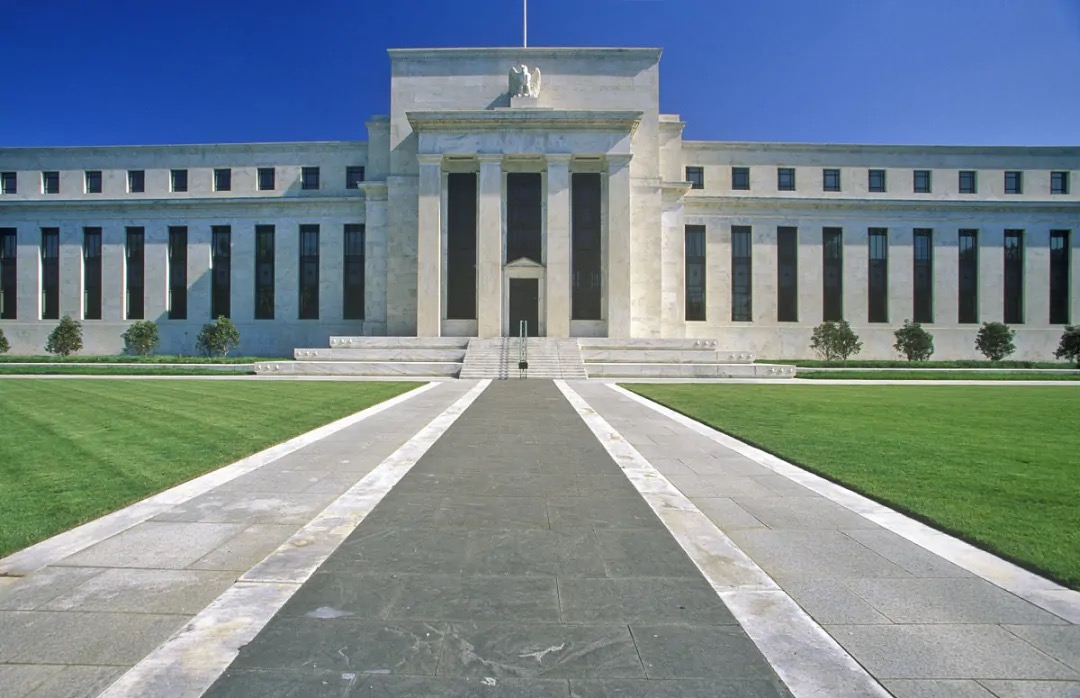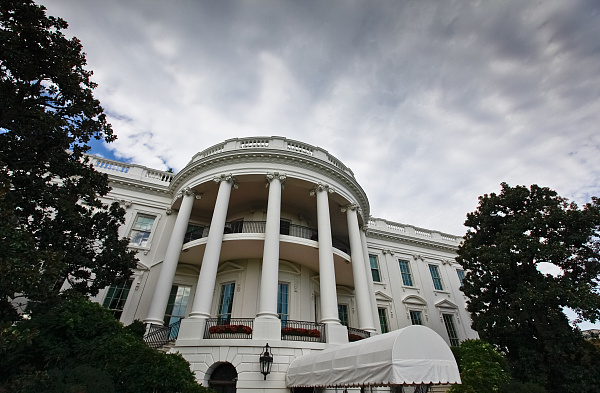
On September 22nd local time, a spokesperson for the US Federal Reserve announced that the Federal Reserve system will lay off approximately 300 employees by the end of this year, marking the first time the agency has laid off employees in 13 years. Meanwhile, the Federal Reserve's financial report shows that in the first half of the year, the Federal Reserve lost over $57.3 billion (approximately RMB 418.2 billion).
The huge losses and significant layoffs of the Federal Reserve this time occurred during a sensitive period of aggressive rate hikes by the Federal Reserve and the suspension of rate hikes during the September interest rate meeting, which sparked widespread attention from the outside world. According to the Federal Reserve's financial report, the huge losses on the institution's books were the first in 108 years of operation, and the last reported annual operating loss was in 1915. And the amount of losses this time is still gradually expanding.
The Federal Reserve, abbreviated as the Federal Reserve Bank of the United States, is a private regional financial institution under the Federal Reserve System. It consists of three parts: the Federal Reserve Bank, the Federal Savings Commission, and the Federal Open Market Commission. It can be said that the US economy, which controls the world economy, is under the control of the Federal Reserve Bank of the United States. The Federal Reserve's revenue mainly comes from its holdings of high-quality long-term assets, while its expenditures mainly come from operating expenses and short-term debt. At present, the Federal Reserve holds about $8.4 trillion of US treasury bond bonds and mortgage-backed securities on its balance sheet.
On the surface, the Federal Reserve's losses are mainly due to a significant maturity mismatch on its balance sheet. But from a deeper perspective, the Federal Reserve's intensive interest rate hikes since last year are the fundamental reason for its net operating losses. In other words, the ongoing aggressive rate hikes by the Federal Reserve have had a significant negative impact on itself. The Federal Reserve holds a large amount of US treasury bond bonds. However, with its sharp interest rate increase, the price of US treasury bond bonds plummeted, leading to huge losses of the Federal Reserve. Therefore, some netizens jokingly claim that this is playing a "whirlwind dart to pierce oneself".
At the same time, the aggressive rate hike by the Federal Reserve has led to a surge in borrowing costs for American companies, resulting in a large number of bankruptcies. According to the report data of Guggenheim Investment Company, as of the end of August this year, more than 450 American companies have applied for bankruptcy protection, which exceeds the total number of bankrupt companies in the past two years, equivalent to an average of over 50 companies going bankrupt every month.
In response to the high inflation in the United States, the Federal Reserve began this interest rate hike cycle in March 2022. Currently, there have been 11 interest rate hikes, with a cumulative increase of 525 basis points, pushing interest rates to their highest level in 22 years. This is a radical interest rate hike policy that has never occurred since former Federal Reserve Chairman Paul Volcker fought inflation in the 1980s.
From this year's situation, the Federal Reserve's interest income in the first half of the year was $88.4 billion, but the interest paid was as high as $141.8 billion, resulting in significant losses. This means that after more than a year of violent interest rate hikes, the interest cost supported by the Federal Reserve has far exceeded the benefits it receives from bond interest and financial services, and it is now facing an awkward situation of not being able to make ends meet.
Moreover, according to a report released by Guggenheim Investment Company, cited by Market Watch in the United States, the number of bankrupt companies in the United States this year may reach its highest level since 2010 due to the significant increase in corporate borrowing costs caused by the Federal Reserve's aggressive rate hikes and the uncertainty of the US economy. Analysts warn that a wave of corporate defaults and bankruptcies may impact the US economy.
Therefore, in the early hours of Beijing time on the 21st, the Federal Reserve issued a resolution at its September interest rate meeting, keeping the target range of the federal funds rate unchanged at 5.25% -5.5%. This resolution means that the Federal Reserve's interest rate hike storm has suddenly paused.
On the 29th of this month, Federal Reserve Chairman Powell will attend relevant meetings and answer public concerns, in response to the market's high attention and the Federal Reserve's views on the future prospects of the US economy and interest rates. From the current situation, Federal Reserve Chairman Powell's speech at the press conference after the interest rate meeting on the 21st still sends a "hawkish" signal, which means that in order to reduce inflation, the Federal Reserve may still continue to raise interest rates.
Industry analysts point out that the main purpose of the Federal Reserve's layoffs is to try to reduce labor costs, save expenses, and increase revenue and expenditure. However, compared to the losses of the Federal Reserve in the first half of the year, the effect of reducing employee costs is a drop in the bucket, and the symbolic significance is greater than the actual significance. Moreover, a strategist at Goldman Sachs Group recently issued a warning, pointing out that under the aggressive rate hike policy of the Federal Reserve and the expectation of further rate hikes, American companies are about to hit a huge debt wall, which may trigger a new wave of layoffs in the future, fundamentally shaking the US economy.

Below is the English translation of the text, with precise handling of political terms, consistent sentence structures, and preservation of the original’s analytical tone and logical flow:
Below is the English translation of the text, with precise …
On December 15 local time, Trump took the British Broadcast…
In recent years, the application of artificial intelligence…
According to Yahoo US media reports, the recent remarks of …
After 11 years of waiting in the deep sea, we finally have …
On December 17, 2025, the newly renovated American "Preside…